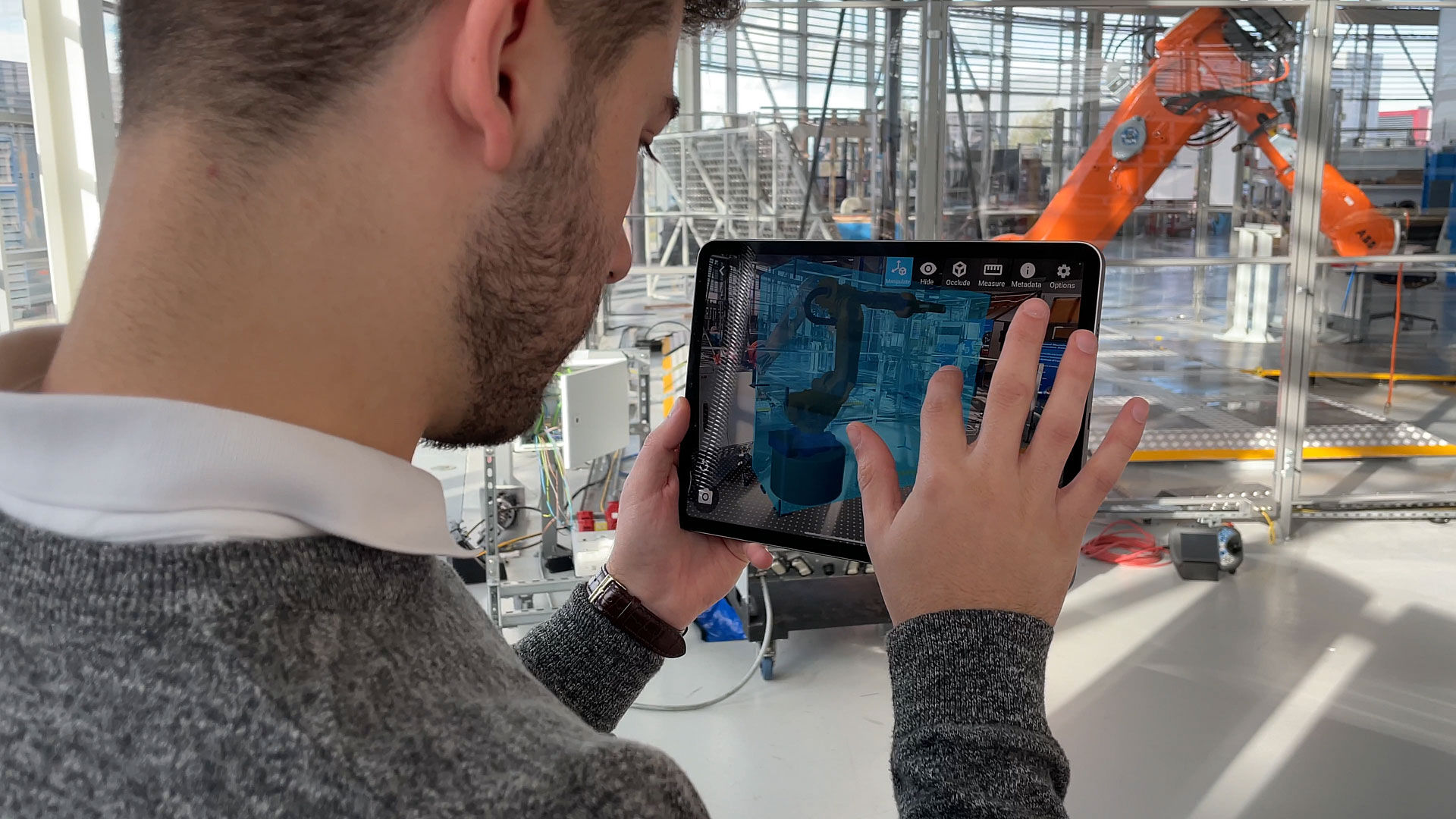Once thought to be a far-out, futuristic concept that sounded great in theory but felt more like science fiction, things like augmented reality (AR), virtual reality (VR), and extended reality (XR) are becoming more and more commonplace in enterprise environments. Allowing for better planning and collaboration, as well as streamlining some workflows throughout the life of a project. While it’s certainly not ubiquitous technology in most industries, it is starting to become more accessible and user-friendly, increasing the usage. To this point, a report from last fall indicated that the market for AR in enterprise environments is expected to grow from $1.6 billion in 2018 up to over $30 billion by 2025, a 51.7 percent compound annual growth rate (CAGR).
We’ve seen a few different examples of companies increasing their presence in this space just over the last couple of months, with NavVis partnering with Magic Leap to provide enterprise-level AR, as well as Clirio’s recently launched end-to-end holographic scan and review app. Towards the end of July, Theorem Solutions announced their newest release features in this space as well, focusing heavily on ease of use for customers.
Theorem Solutions, which is based out of the UK, has been delivering technology in the AEC world around automated CAD migration, among other things, since 1989. Working largely with engineering and manufacturing companies, Theorem Solutions works to help their customers receive as much value as possible from their 3D CAD assets. As they say on their company’s website, many engineering firms’ most valuable asset is its intellectual property contained in CAD assets, so extending that value as much as possible is key for these firms. More recently, they’ve expanded towards enabling those 3D CAD assets to be used in XR experiences, allowing for collaboration within these AR, VR, and XR experiences.
One of the biggest additions to the product in this latest release is in the AR functionality, with the new ability for users to load multiple models into a single session, an improvement over previous iterations in which only single datasets could be loaded to visualize and review. In the past, this could only be done by users utilizing XR or VR, but AR users can now take data from a number of AEC applications like Revit, Navisworks, and other major CAD systems, and visualize a combination of datasets in the same environment on handheld AR devices such as tablets or smartphones. The increased accessibility of being able to use this feature should bring a lot more potential customers into the fold who may not have access to the hardware needed for VR and XR.
Those who do have access to that hardware, and specifically to the Microsoft HoloLens 2, will also get some new features. With this new release, VR users of Theorem-XR software will be able to utilize a new “holographic pen” within the virtual environment, allowing for markups to be made live in a session over the virtual display. This will allow for much easier visualization of potential changes that need to be made, noting next steps in an action plan, highlighting potential clashes in a design in the planning stage rather than finding it while working on the project, and just simply leaving annotated notes for participants who couldn’t attend a live collaboration session.
There are more features being added in this latest quarterly release from Theorem-XR, but the main takeaway here is the rapidly growing accessibility and functionality of these AR, VR, and XR tools for those in enterprise environments. Although some still associate these tools largely for gaming and other forms and entertainment, the business use cases in the AEC world are significant. The ability to collaborate with relevant stakeholders in an increasingly simple way while viewing an accurate and interactive 3D model is a game-changer, and can go a long way towards the construction industry’s goal, at all levels of a project, to get more projects finished on time within budget.






